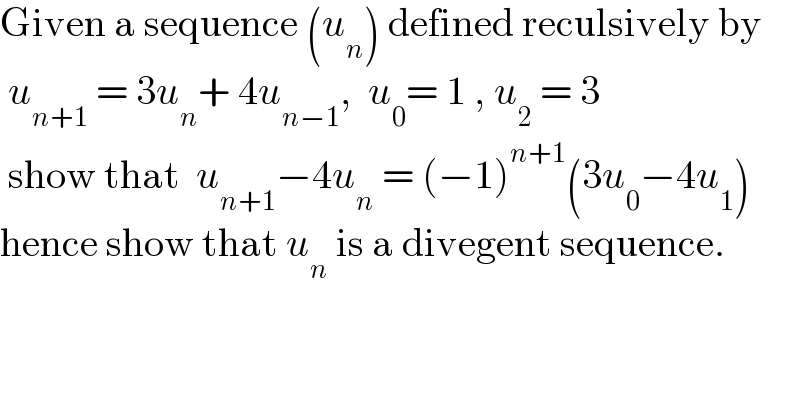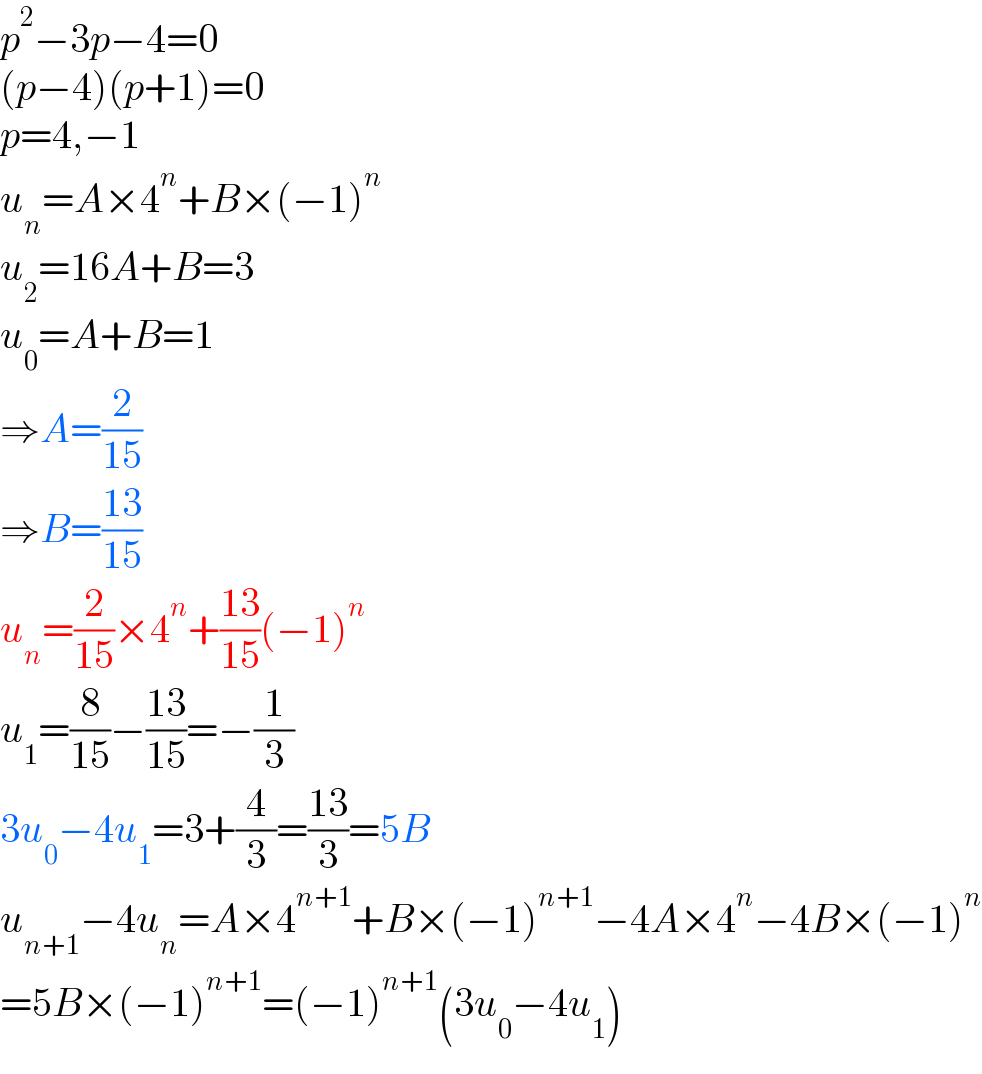
Question and Answers Forum
Question Number 127116 by physicstutes last updated on 27/Dec/20

Commented by 676597498 last updated on 27/Dec/20

Commented by Ar Brandon last updated on 27/Dec/20
Quel pays ?
Answered by mr W last updated on 27/Dec/20

Commented by physicstutes last updated on 27/Dec/20

Answered by Raxreedoroid last updated on 27/Dec/20

